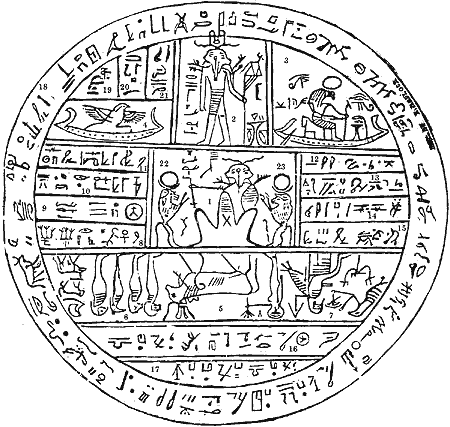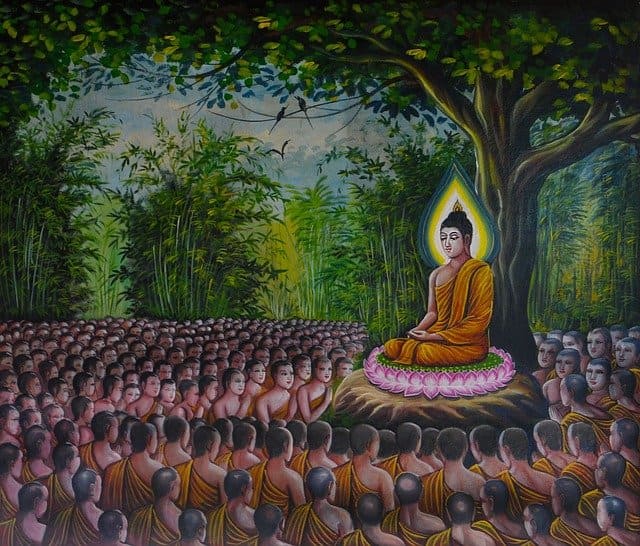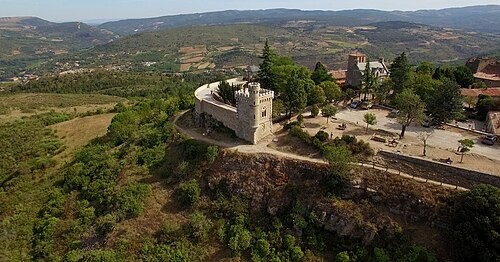
Kolob is a central theological concept in the cosmology of The Church of Jesus Christ of Latter-day Saints (commonly known as the Mormon Church). This term is mentioned in the church's canonical book, the Book of Abraham, as well as in other writings and teachings of its leaders. Kolob is often associated with ideas about creation, time, and eternity, and its significance is discussed and interpreted by members of the church.
Origin and References
The first mention of Kolob is found in the Book of Abraham, which is part of the Latter-day Saint canon. The Book of Abraham is a translation by Joseph Smith, the church's founder, of an ancient Egyptian text that he claimed to have received through divine revelation. In this text, Kolob is presented as a star or celestial body around which other worlds or stars revolve, and it is described as being near to God's throne.
In the Book of Abraham, Kolob is described as being "nearest unto the throne" of God, signifying that it is the greatest and most important of all the heavenly bodies created by God. Its proximity to God's throne makes it a symbol of divine power and governance over the universe.
Interpretations and Meanings
Latter-day Saints generally interpret Kolob as a symbol of cosmic order and the relationship between God and his creation. Some teachings of the church suggest that Kolob represents a place where time is measured differently from human perception, and that this has theological implications for the nature of eternity and divine existence.
In Mormon theology, the idea that God resides near Kolob is often interpreted as an affirmation of his sovereignty and closeness to his children on Earth. Kolob is sometimes depicted as a place where time has no effect on God, and where his power and authority are eternal and immutable.
Some members of the church also interpret Kolob as a symbol of spiritual progression and development. According to this interpretation, individuals aspire to attain a state similar to that of Kolob by progressing spiritually and drawing closer to God.
Reception and Criticisms
The notion of Kolob has elicited various reactions among members of the church and from outside observers. Some see Kolob as a powerful metaphor for the greatness and majesty of God, while others view it as an obscure and difficult-to-understand idea.
Critics of The Church of Jesus Christ of Latter-day Saints have often pointed to Mormon cosmology, including the concept of Kolob, as fantastical or scientifically implausible. However, members of the church generally see these criticisms as stemming from misunderstanding or lack of faith.
Conclusion
Kolob occupies an important place in the theology of The Church of Jesus Christ of Latter-day Saints as a symbol of cosmic order, divine power, and the relationship between God and his creation. While its exact meaning may vary according to individual interpretations, Kolob continues to inspire reflection and discussion among members of the church and beyond
Sources
Sect / Religion - 13 avril 2024 - Rael2012 -  - Voir l'historique
- Voir l'historique























